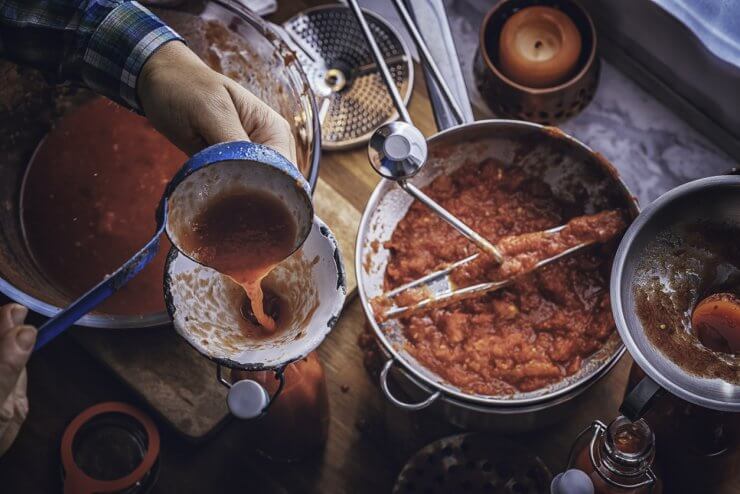
Thanks to partner planting and some easy homemade fertilizer, my tomato plants tend to take off each season and I always end up with more than I know what to do with. If you’re like me, you enjoy garden tomatoes in your favorite recipes or even just snacking on a fresh tomato with a dash of salt. If there’s still an abundance of tomatoes sitting on your counter, canning may be a good preservation option. There are a few different methods of canning, but the tomato canning supplies generally remain the same. Here are five tomato canning supplies to preserve sauce longer so you can enjoy your homegrown tomatoes all year long.
Discover 7 top tips for growing, harvesting, and enjoying tomatoes from your home garden—when you access the FREE guide The Best Way to Grow Tomatoes, right now!
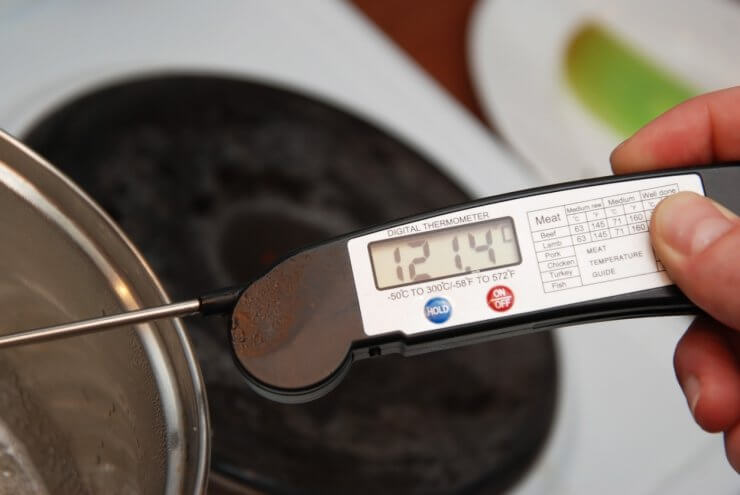
Food Thermometer
Safety first! Before you begin using your tomato canning supplies, be sure to read carefully about the canning method you’ve chosen. Variables like temperature, seal, and timing make all the difference in keeping your preserved foods from growing dangerous bacteria or botulism toxins. Using a food thermometer is essential for canning and storing tomato sauce safely.
Food/ Candy Thermometers on Amazon:
- KT THERMO Candy/Deep Fry Thermometer
- Polder Candy/Jelly/Deep Fry Thermometer Stainless Steel with Pot Clip
- ThermoPro TP510 Waterproof Digital Candy Thermometer with Pot Clip
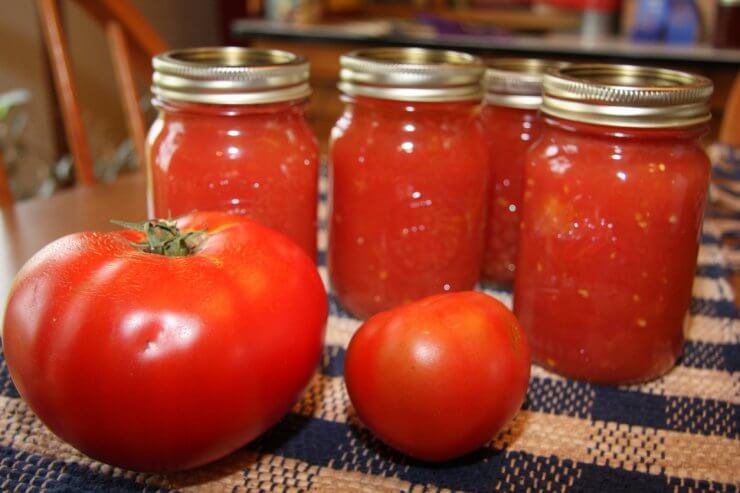
Wide Mouth Canning Jars (and Lids)
When canning tomato sauce, I prefer a larger wide-mouth jar since it’s easier to fill and holds more sauce. Another thing I like about the wider mouth jars is that they stack easier in my pantry. Be careful when stacking so as not to disturb the vacuum seal, though!
Top Wide Mouth Canning Jars on Amazon:
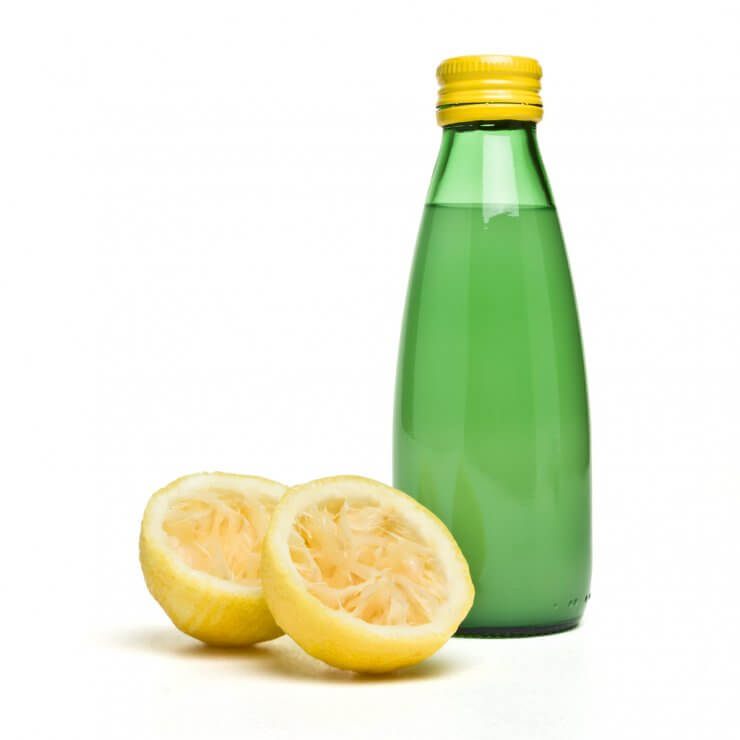
Organic Bottled Lemon Juice, or Powdered Citric Acid
Depending on your recipe, bottled lemon juice may be called for as an additive to increase the acidity and make your method of canning safer. The acidity also helps preserve your sauce longer. I prefer using organic bottled lemon juice as part of my tomato canning supplies because it doesn’t have additional preservatives and chemicals. Sometimes lemon juice adds too much liquid to a recipe. Powdered Citric Acid is a great substitute since it won’t add to your liquid volume and will accomplish the same acid boost as lemon juice, keeping your tomato sauce safer and fresher for longer. You can get lemon juice anywhere, but you can buy powdered citric acid on Amazon
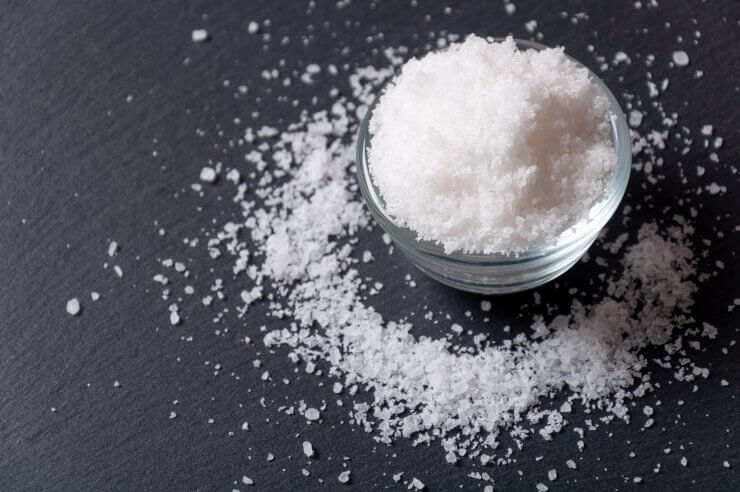
Canning/Pickling Salt
Morton’s Canning and Pickling Salt is my go-to and a must-have in my canning supplies. It doesn’t contain iodine and extra minerals which sometimes affect the taste of canned tomato sauce. It’s also free of anti-caking chemicals found in regular table salt. Those chemicals can affect the taste and color of canned vegetables, too, which is why this type of salt exists!
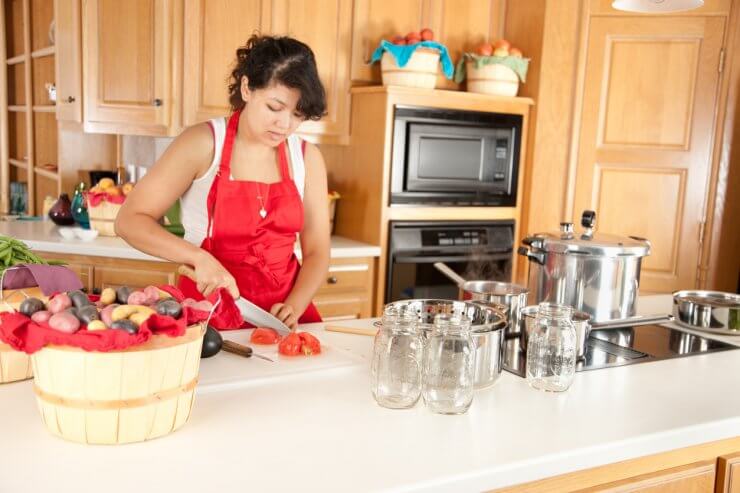
Pressure Canner
Some people use their plug-in pressure cookers and water baths for canning, but tomatoes are a low-acid food that makes it harder to preserve safely. And when it comes to food safety, I don’t mess around. If you’re making tomato sauce, the only device that gets hot enough to truly kill all bacteria, and especially if you’re making a meat sauce, is a stovetop pressure canner like a Presto 23-Quart Induction Compatible Pressure Canner, which is what I use.
What are your tomato canning supplies? Do you have tips for canning and preserving your sauce? Share with me in the comments!
Discover 7 top tips for growing, harvesting, and enjoying tomatoes from your home garden—when you access the FREE guide The Best Way to Grow Tomatoes, right now!





I’ve put banana peels, skin side facing up, on the tops of all my roses that grow in containers, lovely results but incredible to hear about the whole egg and banana peel underground. Wow, a lot can still be learned. I do wonder about processing, cooking tomatoes in and with the use of metal pots and spoons?
I grew up on stewed tomatoes rather then tomato soup with toasted cheese . I stew most my tomatoes and can them thr old fashioned way boiling the jars and lids and the tomatoes .
AN OTHER INEXPENIVE AND ORGANIC FOOD FOR YOUR TOMATOES IS TO PLACE A BANANA PEEL AND A WHOLE UNBROKEN EGG IN THE ROOTS WHEN YOU PLANT YOUR SEEDLINGS. YOU WILL FIND THAT YOU DON’T HAVE TO PLANT AS MANY PLANTS TO GET THE YEILD YOU WANT AND YOU MAY HAVE TO BRING THE PLANT(S) INSIDE, BECAUSE IT WILL STILL BE PRODUCING AFTER THE WEATHER HAS CHANGED.
I love this tip. Thank you for sharing & will definitely try it.